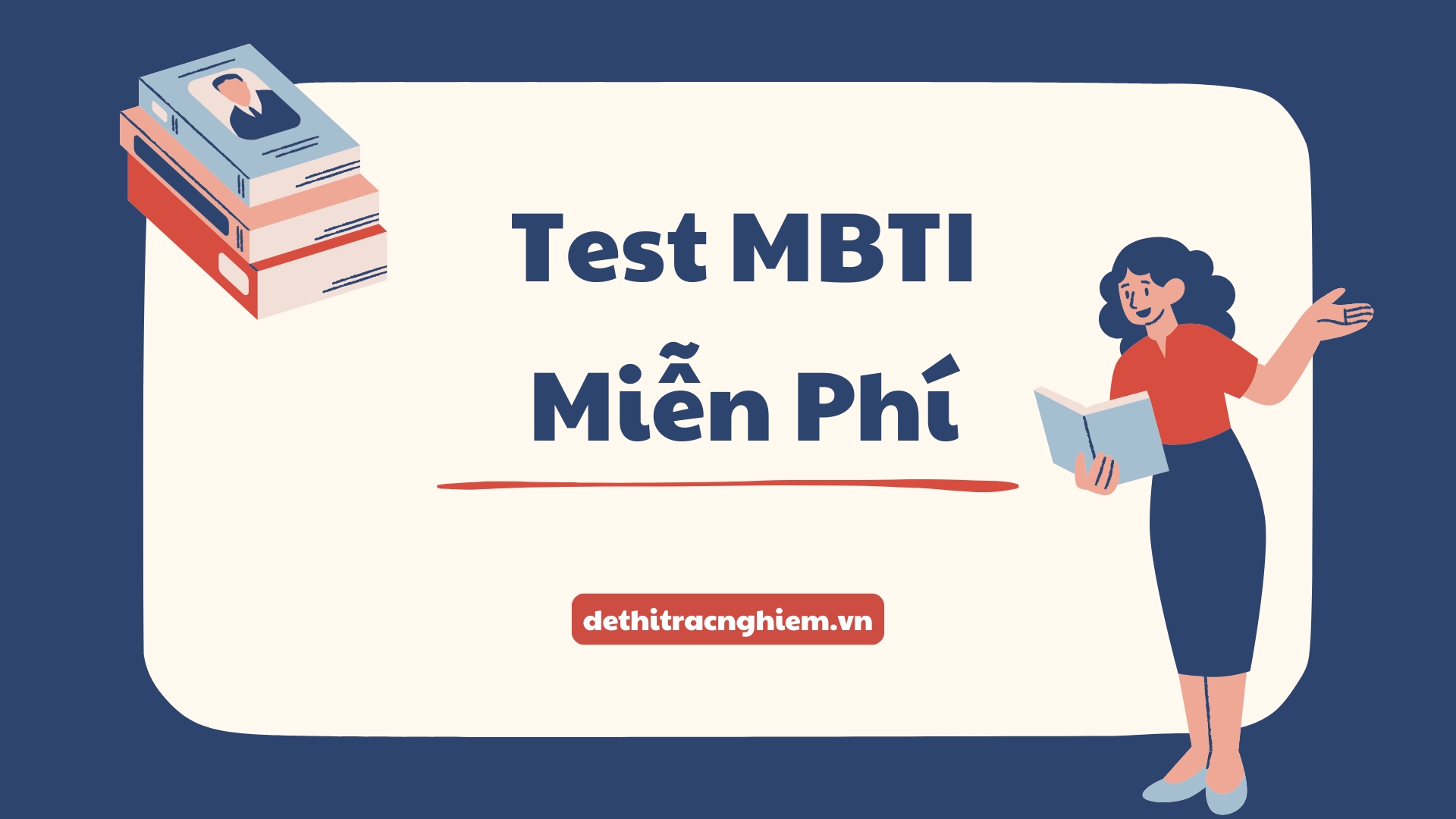Trắc nghiệm Tiếng Anh 12: Unit 5 – Higher Education – Reading là một phần quan trọng trong chương trình Tiếng Anh 12, giúp học sinh rèn luyện kỹ năng đọc hiểu và mở rộng kiến thức về giáo dục đại học.
Trong phần Reading, học sinh sẽ tiếp cận các bài đọc liên quan đến hệ thống giáo dục bậc cao, quá trình tuyển sinh đại học, cuộc sống sinh viên và những thách thức mà sinh viên có thể gặp phải. Bài tập thường yêu cầu học sinh tìm ý chính, suy luận từ ngữ cảnh, xác định thông tin chi tiết và nắm bắt cấu trúc văn bản.
Hãy cùng Dethitracnghiem.vn tìm hiểu về đề thi này và tham gia làm kiểm tra ngay lập tức!
Trắc nghiệm Tiếng Anh 12 Unit 5: Higher Education – Reading
Bài 1. Read the passage carefully and choose the correct answer.
“Where is the university?” is a question many visitors to Cambridge ask, but no one can give them a clear answer, for there is no wall to be found around the university. The university is the city. You can find the classroom buildings, libraries, museums and offices of the university all over the city. And most of its members are the students and teachers or professors of the thirty-one colleges. Cambridge was already a developing town long before the first students and teachers arrived 800 years ago. It grew up by the river Granta, as the Cam was once called. A bridge was built over the river as early as 875.
In the fourteenth and fifteenth centuries, more and more land was used for college buildings. The town grew faster in the nineteenth century after the opening of the railway in 1845. Cambridge became a city in 1951 and now it has a population of over 100,000. Many young students want to study at Cambridge. Thousands of people from all over the world come to visit the university town. It has become a famous place all around the world.
Question 1. Why did people name Cambridge the “city of Cambridge”?
A. Because the river was very well-known.
B. Because there is a bridge over the Cam.
C. Because it was a developing town.
D. Because there is a river named Granta.
Question 2. From what we read, we know that now Cambridge is _______.
A. visited by international tourists
B. a city without a wall
C. a city of growing population
D. a city that may have a wall around
Question 3. Around what time did the university begin to appear?
A. In the 8th century
B. In the 13th century
C. In the 9th century
D. In the 15th century
Question 4. Why do most visitors come to Cambridge?
A. To see the university
B. To study in the colleges in Cambridge
C. To find the classroom buildings
D. To use the libraries of the university
Question 5. After which year did the town really begin developing?
A. 800
B. 875
C. 1845
D. 1951
Bài 2. Read the passage carefully and choose the correct answer.
University Entrance Examination is very important for Vietnamese students. High school graduates have to take it and get high results to be admitted to universities. The pressure on the candidates remains very high despite measures taken to reduce stress, since securing a place in a state university is considered a major step towards a successful career for young people, especially those from rural areas or disadvantaged families. In 2004, nearly 1 million Vietnamese students took the University Entrance Examination, but on average only 1 out of 5 candidates succeeded. Normally, candidates take 3 exam subjects, each lasting 180 minutes, from a fixed group of subjects:
– Group A: Mathematics, Physics, and Chemistry
– Group B: Mathematics, Biology, and Chemistry
– Group C: Literature, History, and Geography
– Group D: Literature, Foreign Language, and Mathematics
In addition to universities, there are community colleges, art and technology institutes, professional secondary schools, and vocational schools offering degrees or certificates from a few months to 2 years.
According to Vietnam’s Ministry of Education and Training, there are currently 23 non-public universities, accounting for 11% of the total number of universities. These institutions train about 119,464 students, or 11.7% of the total. The government plans to increase the number of non-public universities to 30% by 2007.
Question 1. University Entrance Examination in Vietnam is very _______.
A. interesting
B. stressful
C. free
D. easy
Question 2. The word “those” refers to _______.
A. exam subjects
B. young people
C. universities
D. examinations
Question 3. In 2004, the proportion of students who succeeded in the University Entrance Examination was about _______ percent.
A. 5
B. 10
C. 20
D. 50
Question 4. Which sentence refers to the University Entrance Examination in Vietnam?
A. Students find it easy to get success in the University Entrance Examination.
B. Math is compulsory in the University Entrance Examination.
C. Students are not allowed to choose their exam subjects.
D. There are four fixed groups of exam subjects for students to choose.
Question 5. According to the passage, _______.
A. the Vietnamese government will close all non-public universities by next year.
B. the Vietnamese government does not appreciate non-public universities.
C. the Vietnamese government encourages the establishment of non-public universities.
D. Vietnamese students have no alternative to continue their higher studies besides universities.
Bài 3. Read the passage carefully and choose the correct answer.
As Chinese society changes, higher education is undergoing major transformations. The university model of the United States and other Western countries has a powerful influence. New trends in Chinese higher education are attracting the attention of global educators. Since the establishment of Western-oriented modern universities at the end of the nineteenth century, Chinese higher education has continued to evolve. Over the past two decades, tremendous economic development in China has stimulated reforms in higher education that have resulted in remarkable changes.
The first modern institution, Peiyang University, was founded in Tianjin. It changed its name to Tianjin University in 1951 and became one of the leading universities in China. Next, Jiaotong University was founded in Shanghai in 1896. In the 1950s, most of this university was moved to Xi’an, an ancient capital city in northwest China, and became Xi’an Jiaotong University. The remaining part of the university in Shanghai was renamed Shanghai Jiaotong University.
Tianjin University celebrated its hundredth anniversary in 1995, followed by Xi’an Jiaotong and Shanghai Jiaotong Universities in 1996. Other leading universities, such as Zhejiang University (1897), Beijing University (1898), and Nanjing University (1902), also recently celebrated their hundredth anniversaries. These celebrations marked the beginning of a new chapter in Chinese higher education.
Question 1. The text is about _______.
A. Chinese education system
B. some famous universities in China
C. the Western influences on Chinese education
D. application for a university in China
Question 2. Chinese higher education _______.
A. is not affected by any others
B. has not really well-developed
C. has developed since the end of the nineteenth century
D. is not paid any attention by global educators
Question 3. Chinese higher education _______.
A. has been stable since the nineteenth century
B. has decreased over the past two decades
C. has not had any changes
D. has been affected by the country’s economic development
Question 4. Tianjin University was founded in _______.
A. 1895
B. 1896
C. 1950
D. 1951
Question 5. Which university celebrated its hundredth anniversary in 2002?
A. Nanjing University
B. Shanghai Jiaotong University
C. Xi’an Jiaotong University
D. Beijing University




